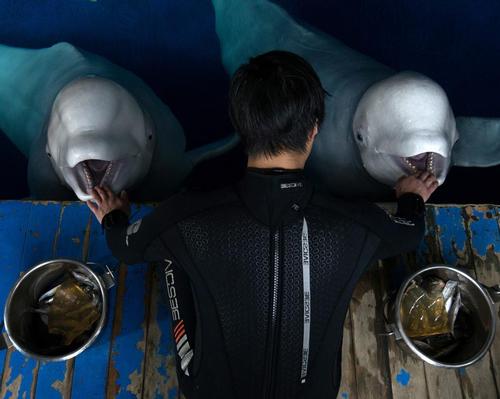30 Apr 2019
Hopes that new whale sanctuary will 'change attitudes' about cetacean entertainment
BY Andy Knaggs

Merlin Entertainments, the company that operates more than 50 Sea Life aquariums, says it hopes to bring about a change of attitude in the attractions industry about keeping cetaceans for entertainment, with the launch of the world's first cetacean open sanctuary in June.
The sanctuary ‒ located at Klettsvik Bay on Heimaey Island in southern Iceland ‒ will be the new home of two beluga whales born in captivity at the Shanghai Chang Feng Ocean World park, which Merlin acquired in 2012. The 32,000sq m (105,000sq ft) inlet will have the capacity to comfortably accommodate a further 10 animals and Merlin is offering other attractions the chance to retire their whales to the sanctuary.
Speaking to Attractions Management, James Burleigh, global ambassador for the Sea Life brand, said: "There are 3,000 cetaceans in captivity and lots of them are involved in shows. We understand that it takes attractions a while to change their business models, but nonetheless, we hope more will follow our example.
"The younger generation doesn’t want to see whales performing for crowds and, as attitudes start to change, we will be very open to sharing our experience and knowledge with other operators looking to do the same."
Although an education centre is being established at the site and visitors will be able to come to the sanctuary, it's somewhat remote, being a 30-minute ferry ride from the Icelandic mainland. Merlin is not viewing it as a money-making development in any case: any profits will go to the not-for-profit Sea Life Trust.
"These whales were born in captivity so couldn’t survive in the wild, but we want them to have a better life than living in a large swimming pool," said Burleigh. "The sanctuary will be 35 times bigger, deeper, wider and more natural."
The two whales are 13 years old, and it's hoped that they will live for several more decades, as their life expectancy in the wild is 40 to 60 years.
To read the full article see Issue 1 2019 of Attractions Management here
Close Window